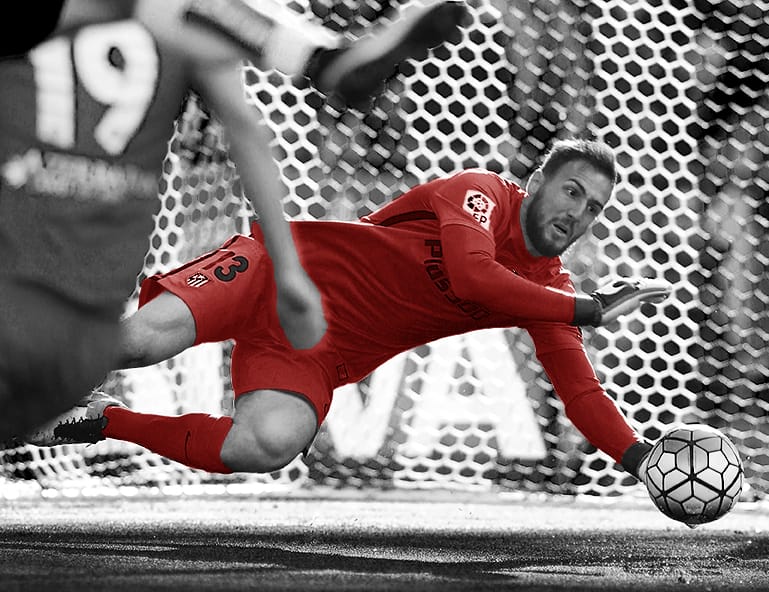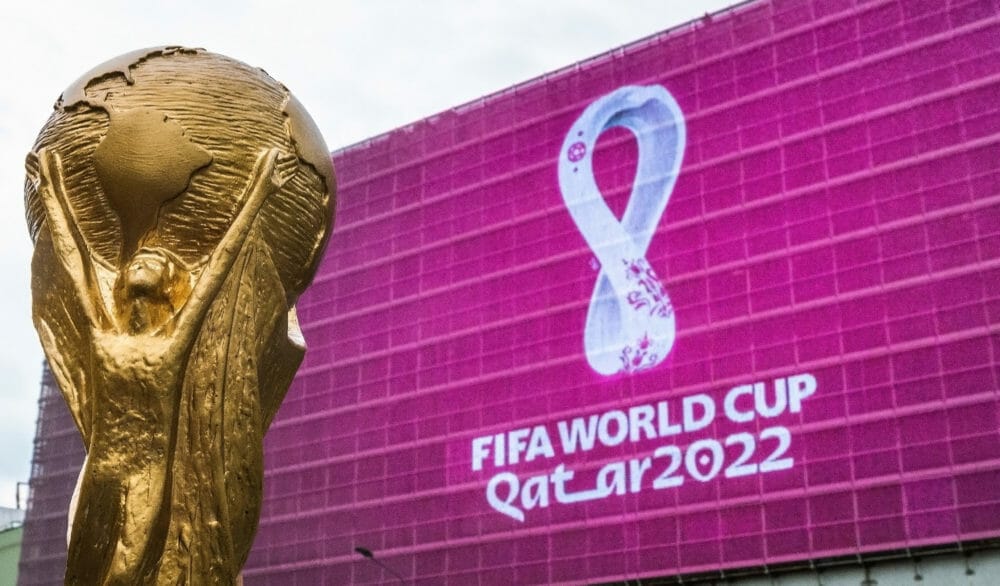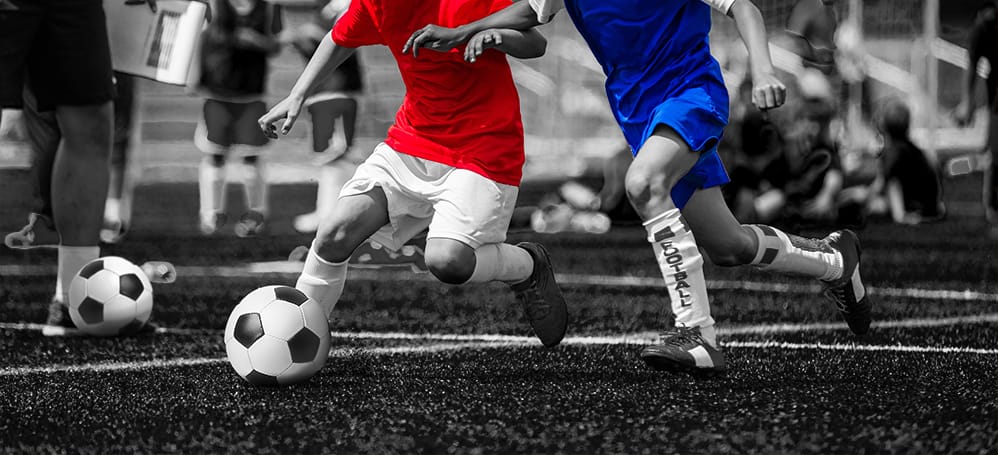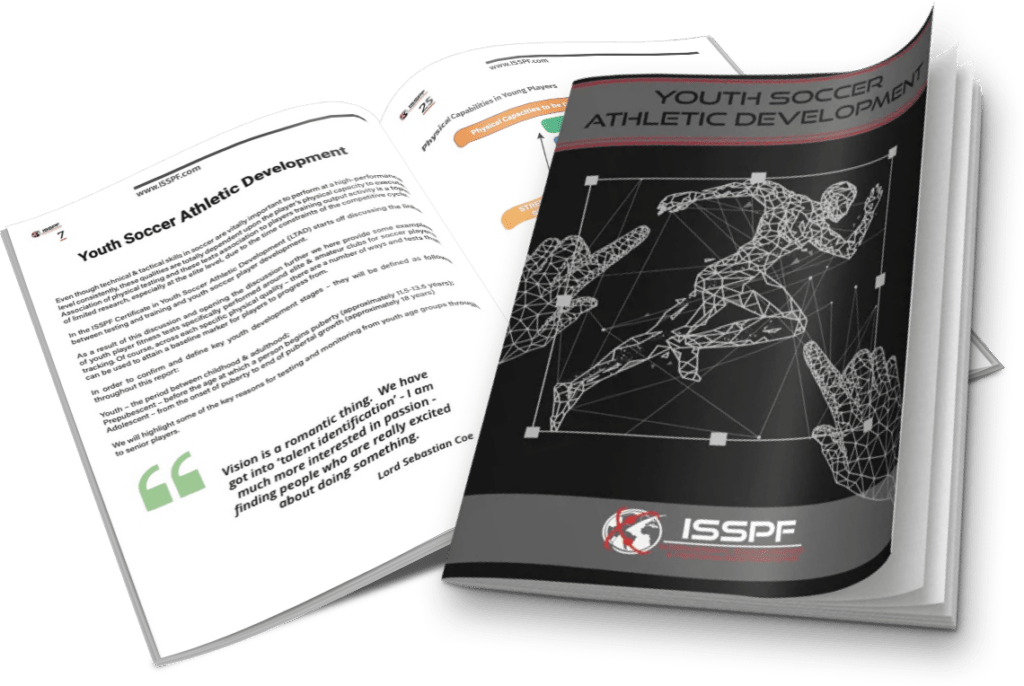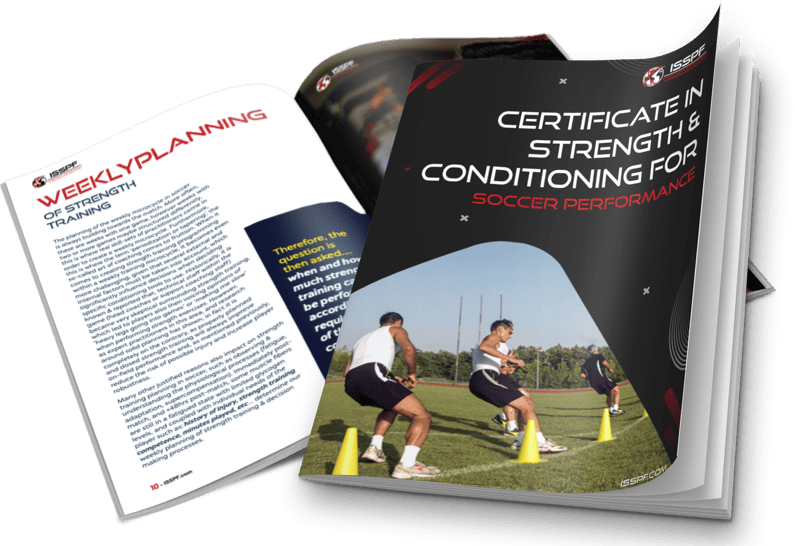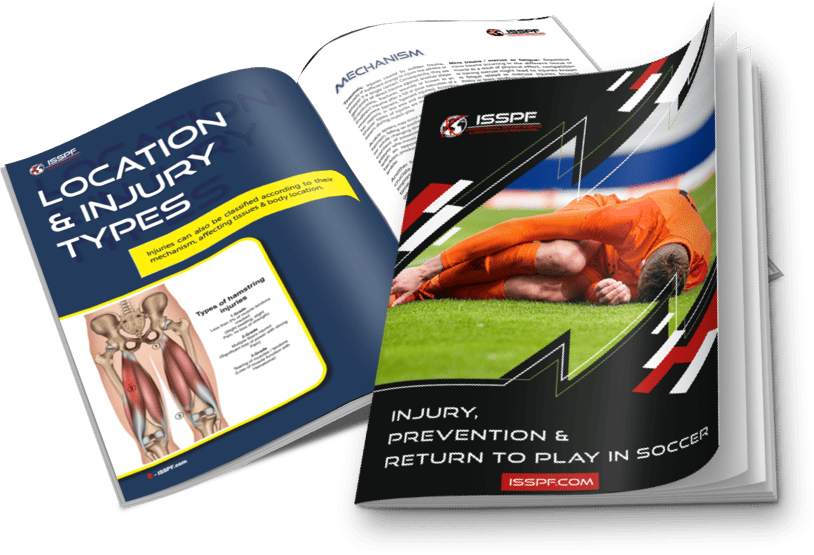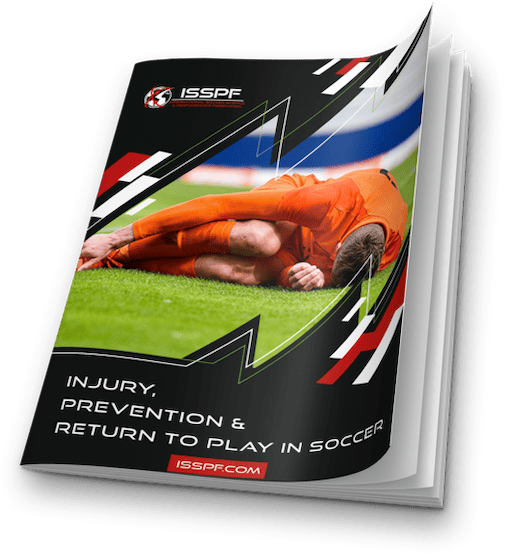Soccer is characterized as an intense intermittent team sport. Heart rate (HR) is used to monitor the players’ training response, as well as to quantify microcycle and mesocycle training intensity during the preseason and in-season periods.
The purpose of the present study was to quantify the preseason training intensity distribution in elite soccer players and then examine the relationship between HR distribution and changes in aerobic fitness, skills and performance efficiency during the game.
Physical training has also a significant influence on the effectiveness of analytical and decision-making processes in the player’s brain, especially on making quick and accurate decisions in conditions of incremental fatigue during match-play.
It also determines the dynamics of recovery processes during and after sport competition.
Study of the 2014 World Cup Players
This particular study examines the endurance capacity and selected technical-tactical skills of soccer players participating in the 2014 World Cup in Brazil.
The results indicate the significant impact of players’ motor preparation level on the execution of technical-tactical actions in top-class soccer tournaments.
The covered distance by players during a match is one of the most important indices used for the assessment of players’ endurance capacity. The analysis revealed that the Spain and Italy national teams which attained very high passing efficiency and a total number of passes failed to advance to the knockout stage of the tournament.
The analysis of the structure of match performance, especially by elite teams, is necessary for rational programming of endurance training in professional soccer. The knowledge of endurance loads at top-level soccer tournament permits the optimization of modern soccer training.
The Methodology
Sixteen elite professional soccer players (age, 26.8 ± 3.8 years; weight, 77.8 ± 7.7 kg; height, 1.79 ± 0.06 m; mean ± SD) participated in the study.
Aerobic fitness was evaluated with VO2max, running velocity at VO2max (v-VO2max) during a laboratory incremental aerobic test and with the distance completed during an interval shuttle run test (ISRT), before and after preseason.
HR of each player was measured using a short-range telemetry HR transmitter strap at 5-s intervals during all training sessions of the preseason.
The absolute (min) and relative (%) time spent in the high-intensity HR zone (90–100% of HRmax) during the preseason period was calculated for each player.
What the Results Showed
VO2max and distances completed during ISRT improved significantly (p < 0.05) by 3.3 ± 2.1% and 29 ± 16%, respectively. The time (%) players spent in high-intensity training was significantly correlated (p < 0.01) with the changes (%) in distance completed during ISRT.
Practical Application
- These results provide useful information about the HR quantification during preseason in elite soccer players.
- Additionally, coaches have to take into consideration the time soccer players spend in high-intensity training for optimal endurance responses when planning and implementing the preseason training period.
Share this article:
